It is, somehow, the end of 2021, a year that we couldn’t wait for to get here and that, alas, just ended up being pretty much more of the same from 2020. It was also another pretty stellar year for comics, with new players entering the field and existing players embracing new media, and creators continuing to do what they do best: putting out great comics across a wide variety of genres and platforms.
Without further ado, here are the 24 best comics of 2021 as selected by The Beat staff.
Copra
Michel Fiffe
Copra Press
2021 was a big year for Michel Fiffe’s Copra. After a brief stint at Image Comics, Fiffe returned to self-publishing single issues of this perennial The Beat Best of Any and Every Year series. And what a year it was for Copra! The Ochizon Saga, long built up, finally arrived and was completed. Copra #42 will be released from Michel Fiffe’s shop soon, and the newly released Copra Round Six has everything for new and returning readers need to get caught up on the story before #42 comes out. — Billy Henehan
Dai Dark
Q Hayashida (writer, artist), Daniel Komen (translator), Casey Lucas (adaptation), Phil Christie (letterer)
Seven Seas Entertainment
Gloriously bizarre, unhinged, a four on the floor joy to read; if you can find Q Hayashida’s Dai Dark, to grip is a must. The violence is cartoonish, but so are the characters and the situations they find themselves in. Looney Tunes, but make it look like Barlowe’s Guide (or HR Giger). Nails the dingus-has-unbelievable-power genre (the secret is it’s earnest), does that ineffable ‘Simon Roy Griz Grobus I don’t know Jack Vance vestiges of society in an incomprehensibly distant future’ thing, the institutions remain but the creatures keeping them in place stopped resembling humanity a long, long time ago genre, Dai Dark is dedicatedly dada sci-fi concepts done deadpan. Making instant ramen at haunted asteroid hotel! Instead of being a joke, the story of a nigh-invulnerable space-faring bone collector (collected by way of axe murder) and his best friend, living rucksack, is charming, it’s hardcore, it’s funny. This year saw some great mainstream ongoing manga series, some truly sublime translations of older books, and then there’s Dai Dark, genre-defying and genre-defining, delightful, deviated, just generally bonkers. — Arpad Okay
Dead Dog’s Bite
Tyler Boss
Dark Horse Comics
Cartoonist Tyler Boss’s solo debut was almost one of the best comics of 2020. The first issue of the four-issue series was originally scheduled for release on April 8th of that year before a global pandemic and the resulting Diamond shutdown of the direct market threw every publisher’s schedules to the wind. I read the first issue of the series in 2020 before its release was delayed, and the wait for the rest of the series was agonizing, but well worth it. Boss crafts a fascinating mystery about protagonist Josephine “Joe” Bradley’s investigation into a string of seemingly unrelated disappearances from the town of Pendermills, a place he fills with interesting characters and more than a little bit of small town intrigue. Joe Bradley is a young woman in search of direction, trying to find her place in the town and the world, and the resolution of the series drives home how that feeling of disconnection and desire for direction is actually what connects Joe to every other resident of her hometown. It’s a beautiful meditation on what it means to be a part of a community, rendered flawlessly in a voice and visual style that is uniquely Boss’s, all of which makes it easily one of the best books of 2021. — Joe Grunenwald
Demon Days
Peach Momoko (writer, artist, colorist), Ariana Maher (letterer), Zack Davisson (English adaptation & dialogue)
Marvel Comics
With the promise of Marvel characters refracted through a Japanese folklore lens, Peach Momoko’s Demon Days has been a visual treat with every quarterly one-shot installment to-date. Her soft, watercolor style creates a distinctive world from the outset, while her figures remain immediately recognisable. And striking a balance between superpowered characters now being presented as oni and yokai, Momoko’s action sequences are equal parts visceral and magical. The re-imagining of the characters’ personalities is often moving, exploring their undersides with an earnest sympathy. Momoko’s version of Mystique is a particular highlight. At its core, Demon Days is a story about heritage and revenge, told by a creator Marvel are very lucky to have. — Adam Karenina Sherif
The Department of Truth
James Tynion IV (writer), Martin Simmonds (artist), John Pearson (artist), Aditya Bidikar (letterer)
Image Comics
Whenever I see The Department of Truth on the list of comics coming out that week, I know I will be at my local comic shop on Wednesday. It is a comic I want to read the moment it comes out. Sometimes I won’t even make it back to office, stopping on some Manhattan bench to pore over Martin Simmonds or John Pearson’s art and get entranced by James Tynion IV’s story. If X-Files or Twin Peaks are your jam, you’ll likely dig The Department of Truth. There is nothing like The Department of Truth on comics racks, and it deserves a place on your Wednesday buy pile (just leave a copy for me). — Billy Henehan
Did You Hear What Eddie Gein Done?
Harold Schechter & Eric Powell (writers) Eric Powell (artist)
Albatross Funnybooks
The temptation to take a real serial killer’s story and exploit the bloodletting and all the gory details that come with it is one that, more often than not, can take over a book or a movie adaptation and sacrifice the unique complexities of the case under observation. Harold Schechter and Eric Powell do not fall victim to this. In fact, they avoid it with purpose to get at the darkest corners of the mind of one Ed Gein, the Butcher of Plainview. Did You Hear What Eddie Gein Done? is a masterclass in true crime storytelling. It offers a comprehensive look at the life of Gein, the things that led him to kill two women and then use their skins as suits, and how his upbringing explains the macabre twists his story took. Powell’s art is exceptional, indulging in artistic interpretation without compromising the reality of Gein’s existence (which were dark enough). It’s a gritty book that is unafraid to embrace the gruesomeness of the events, but one that respects the material to reach a deeper understanding of the man that would go on to inspire iconic horror monsters such The Texas Chainsaw Massacre’s Leatherface, Psycho’s Norman Bates, Deranged’s Ezra Cobb, and The Silence of the Lamb’s Wild Bill. — Ricardo Serrano
Everyone is Tulip
Nicole Goux (artist; letters), Dave Baker (writer), Ellie Hall (colors, with Goux)
Dark Horse Comics
Becca Harper is an aspiring Hollywood star, and in the name of accomplishing her goals, she abandons her childhood home (and her dead end job) in Arizona and heads further west. You’ve heard this story before, right? Wrong – and not just because Becca is making her bid for stardom in the era of the internet. Not only are the outfits worn by Becca in her various online videos incredible, but page layouts and meaningfully color-coded panels elevate each and every page of this graphic novel to new aesthetic heights… creating a fascinating tension against the thematic exploration of what it means to make yourself an object of fame. This is not the kind of story you can read only once, and eventually, you’ll have to agree: everyone is Tulip. — Avery Kaplan
Fungirl
Elizabeth Pich
Silver Sprocket
Silver Sprocket has long been my favorite publisher of weird, radical comics and Fungirl is a particularly joyous addition to the catalog. Practising a fiendish level of honesty, Fungirl (the character) causes abject chaos everywhere she goes, whether that’s reclining in coffins with snax at her job with the local funeral home, or just terrifying school kids on career day. Cartoonist Elizabeth Pich’s humor is at turns wacky, saucy, bleak, and occasionally vaguely re-assuring. So don’t let the phony moral panic of the Free Comic Book Day issue fool you, Fungirl has much more to offer than just dildos on the floor! (Not that there’s anything wrong with dildos on the floor ofc.) All in all, Fungirl is a wonderful slice of alternative ‘komix’ that works to thoughtfully subvert the unfortunate norms of that particular subgenre – all while still proving blissfully funny. — Adam Karenina Sherif
The Good Asian
Pornsak Pichetshote (writer), Alexandre Tefenkgi (artist), Lee Loughridge (colorist), Jeff Powell (letterer), Dave Johnson (main covers)
Image Comics
This Chinatown Noir follows Edison Hark, a police detective who falls in the tradition of Easy Rawlins, as he finds himself embroiled in a case in 1930s San Francisco. The well-developed characters and fascinating thematic exploration of the series is underscored by the incredibly well-done art, which is dripping with Noir-ish style (especially with the moody color)… and the lettering is outstanding as well, with a unique word-balloon shape used to signal when a character is speaking in Cantonese. In addition to the immediately engaging comic, this monthly series has boasted some of the best back matter in the business, with well-researched nonfiction essays about topics on everything from the history of Asian entertainment in the Bay Area to Hark’s historical and literary antecedents appearing after the conclusion of each issue’s narrative. — Avery Kaplan
Graveneye
Sloane Leong (writer) Anne Bowles (artist)
TKO Presents
If houses could narrate the lives of its inhabitants, how would they spin it? What type of memories would they recall when their stairs creak under the weight of a murderous creature dragging dead bodies around? Sloane Leong and Anne Bowles’ Graveneye takes this very concept and turns it into an intimate look at violence, secrets, and monstruous fascinations that is entirely narrated by a lonely mansion buried deep in the woods. Leong and Bowles strike a delicate balance between nuanced storytelling and visual experimentation that gives the book a lyrical and melancholic sensation that sticks with you long after the book reaches its final page. Black and whites carry the art’s tone and mood, but key instances of red coloring deepen the horror and existential dread elements guiding the story through the poetry of its premise. Graveneye rewards thought, invites more than one reading, and hopes curious eyes extend their stay within its pages. — Ricardo Serrano
Hellions
Zeb Wells (writer), Stephen Segovia (artist), David Curiel (colorist), Corey Petit (letterer)
Marvel Comics
Has there been a bigger letdown in the past couple of years than the Jonathan Hickman era of the X-Franchise? We’re only two years removed from House of X/Powers of X appearing on The Beat’s 100 Best Comics of the Decade list, but soon after the relaunch of the individual X-titles, it became clear that the line was as bloated as it ever was, with few titles feeling necessary. One of those necessary titles though is Hellions, which launched into an already crowded X-space on comics shop racks in May, 2020, but from the start became the most entertaining comic in the line month after month. Hellions has everything I want in an X-Men comic: action, intrigue, sharp and humorous dialogue, and gorgeous art. Hellions is the Marvel comic I find myself most excited to read each month. — Billy Henehan
In.
Will McPhail
Houghton Mifflin Harcourt
In. is the funny, meditative story of Nick, a young urban artist who is struggling to relate to others. New Yorker cartoonist Will McPhail’s first graphic novel includes plenty of skewering of city life, modern dating, and hipsterism, rendered in expressive watercolors. Skilled at the one-panel punch, McPhail crafts many entertaining moments to savor, yet never loses the pace of his longer narrative. Some of the best comedies are also dramas, and this is no exception. In the spare tale, McPhail also takes full advantage of the visual side of comics, interspersing lush, wordless scenes to ponder, trusting his readers to draw their own conclusions. It’s a moving, semi-surreal journey through the shallows of ego-driven interaction toward something far deeper: the awkwardness and rewards of true connection. In. haunted me, beautifully, long after I closed the book. — Kerry Vineberg
Infinitum: An Afrofuturist Tale
Tim Fielder (writer/artist)
HarperCollins Amistad
From the dawn of civilization to the far future and beyond, witness the universal tale of warrior King Aja Ọba. Cursed with immortality, Ọba journeys a path that will make him a wandering force of cosmic legends. From the shadows of history, Ọba goes from king to slave to interstellar hero and more. The sheer scope of this story is beyond the word epic, bold in its vast reach, with beautifully vibrant and gritty artistic rendering, Infinitum is still able to be personal and intimate in its portrayal of Ọba loves and struggles. This is a perfect example of what Afrofuturism is in its ability to provide a look at the future, and what it can be for us. — George Carmona 3rd
The Legend of Auntie Po
Shing Yin Khor (cartoonist)
Kokila
In the afterword for The Legend of Auntie Po, Shing Yin Khor writes, “If history failed us, fiction will have to save us.” That ethos is evident on every page of this beautifully rendered graphic novel, which tells a story that manages to be simultaneously fabulously mythical and incredibly personal. Drawing on the stories of Paul Bunyan and the history of Sierra Nevada logging camps alike, this graphic novel manages to be more than the sum of its parts… and the sum of its parts is nothing to sneeze at to begin with. The Legend of Auntie Po intentionally sets out to create a new American myth, and it succeeds in its endeavor. — Avery Kaplan
Lucy in the Sky
Kiara Brinkman (Writer), Sean Chiki (Illustrator)
First Second
In a year of thrilling Beatles content—from documentaries to coffee table books—Kiara Brinkman and Sean Chiki’s charming YA graphic novel Lucy in the Sky was an overlooked standout. As a lifelong Beatles fan, I tried to put myself in the shoes of someone first discovering the music of the Fab Four, the thrill of hearing one of their songs for the first time. I think I was about ten or eleven years old when I put a copy of Please Please Me into the family stereo and bopped across the room to “Twist and Shout.” That indefatigable feeling of pure joy and freedom is what the Beatles mean for me. And that experience of discovery is foundational for every person at sometime in their life. And Brinkman and Chiki really make it feel so tangible in their story about Lucy Sutcliffe, a seventh grader trying to find her place in the world. It just so happens that Lucy, who has an absent mom, a dad trying to do his best, and a beloved grandmother going through chemo, finds an outlet for inner self-realization via the eternal tunes of John, Paul, George, and Ringo. It’s a clever conceit, one that definitely speaks to a Beatles super fan like myself. And beyond the relatable story of middle school angst, Lucy in the Sky is a gorgeously-drawn book with a stunning mix of ligne claire and psychedelia, and Beatles easter eggs packed into each page for good measure. Whether you’re an old fan or a new listener, Lucy in the Sky will lead you back to the long and winding road of youth, wonder, peace, and love. — AJ Frost
M.O.M. Mother of Madness
Emilia Clarke & Marguerite Bennett (writers), Leila Leiz (artist), Tríona Farrell (colorist), Haley Rose-Lyon (letterer)
Image Comics
M.O.M. has been an unexpected delight. With Leila Leiz’s storytelling range, and Marguerite Bennett’s deft co-writing hand, it might have been tough to trip up – but you truly never know with celebrity comics efforts. Emilia Clarke deserves a great deal of credit, firstly for bringing this book to publication through a conventional-ish channel at Image, rather than, say, a Kickstarter. And more meaningfully, she’s really leaned into the form and the medium, with a playful, self-reflexive meta-text that cleverly inhales and exhales alongside the reader through passages of exposition, for example. M.O.M. tells a great near-future sci-fi story at the nexus of superheroism and motherhood, rooted in a robust set of progressive values that embrace complexity. Equipped with jumpsuit and Pussy Riot-style balaclava, The Mother of Madness is a superhero who truly isn’t out to uphold the status quo. — Adam Karenina Sherif
The Nice House on the Lake
James Tynion IV (writer), Álvaro Martínez Bueno (artist), Jordie Bellaire (colorist), AndWorld Design (letterer)
DC Black Label
Puzzle box stories live and die by their characters, all of which are as invested in uncovering the truth behind the mysterious origins of their situations as they are in telling everyone their life stories so everyone knows how they got to be involved in their current predicaments. Tynion and Martínez Bueno proved to be keenly aware of this as their apocalyptic/horror/sci-fi/human drama comic, The Nice House on the Lake, slowly laid bare the terrifying truths awaiting each of its characters. This year saw the release of the first half of the 12-issue limited series, which will resume in 2022. The story follows a group of people brought to a house surrounded by strange monuments as it’s revealed to them, by a secretive man called Walter, that the world has ended and that those in the house are the only ones left alive. Much like Lost, each character is given an issue that takes on their backstory and present perspective. Entry after entry, Tynion and Martínez Bueno fed readers status quo-shattering revelations that made the wait for the next issue damn near torturous. With six more issues to look forward to in the new year, Nice House still has a lot to give. But what was offered up this year made for the best horror on the stands at any given moment. — Ricardo Serrano
Nightwing
Tom Taylor (writer), Bruno Redondo (artist), Adriano Lucas (colorist), Wes Abbott (letterer)
DC Comics
Between having his death faked and suffering from amnesia, it’s safe to say Dick Grayson has been put through the ringer in comics for the last decade. Given former publisher Dan Didio openly admitted he hates the character, the treatment of Grayson isn’t a complete shock. But with the recent changeover at DC Comics comes a new direction for the character as superstar writer Tom Taylor took over the ongoing Nightwing series earlier this year starting with issue #78. After the phenomenal success of his previous DC work such as DCeased and Injustice, Taylor once more works his magic with a much needed “back to basics” approach for Dick Grayson after the tumultuous few years. At first glance, it’s very tempting to compare this new Nightwing run to the Hawkeye series that Matt Fraction and David Aja launched a decade ago. Aside from the obvious superficial similarities such as the focus on a street level hero in the big city and the new canine companion, the Nightwing series is a completely different beast altogether. Along for the ride is artist Bruno Redondo who previously collaborated with Taylor on a Suicide Squad series. Redondo brings his art to a whole new level on Nightwing with his dynamic layouts and composition that capture Grayson’s acrobatic skills. Likewise, as The Beat managing editor Joe Grunenwald perfectly described in his review of the first issue, “Lucas’s colors present a Nightwing and a Blüdhaven that are seemingly brighter than ever, and the darkness of the city’s underbelly as seen in a few scenes is a spectacular contrast in tone to Dick’s daylight action.” I am chomping at the bits for Nightwing #87, perhaps the creative team’s most ambitious story that will play out as one single image through 22 connected pages. — Taimur Dar
Oksi
Mari Ahokoivu (writer, artist), Silja-Maaria Aronpuro (translator)
Levine Querido
Oksi is a story of fire born to a bear, ill teachers and armed creatures, a child’s tale of the swift and unprecedented appearance of traumatizing violence. Well, the bear and the fire are the family and the focus here, so maybe blood and ash are to be expected. Mari Ahokoivu works in watercolors, an aesthetic usually placed closer to storybook than horror, hers occupying where sweet and mortifying coexist. Think Emily Carroll. The fairy tale look suits the severity of the story if you think of the genre as it was before its 20th century declawed it. You don’t see it coming at a glance, but the dread sets in fast when reading and sticks like a shadow. The monstrous price for defying the gods isn’t met meekly- mothers burn for their children too. Cosmic powers in conflict play with ordinary lives and Oksi is about a parent who refuses to consent to the path she’s been given. Is it a coldblooded metaphor for the flaws and suffering of existence being worth the autonomy of consciousness? A proto-Arthurian myth of powerful monarchs and primordial truths? 75% looks like GKIDS movie night adorable? Yes. A sad, strange, and beautiful work. — Arpad Okay
Penultiman
Tom Peyer (writer), Alan Robinson (artist), Lee Loughridge (colorist), Rob Steen (letterer)
AHOY Comics
What if the world’s greatest hero hated himself? On the surface it’s a simple premise, but in the pages of Penultiman it plays out in ways that are surprising, humorous, and occasionally heartbreaking. No one writes depression quite as hilariously as Tom Peyer, and Alan Robinson’s expressive linework complements Peyer’s scripting in a way that perhaps no other artist ever has. This series has all the trappings of a traditional superhero comic, with the key difference that the main crisis here is existential rather than multiversal, and the juxtaposition is a key source of the book’s comedy, and of its tragedy, not just for Penultiman but for the reader. After all, if a superhero, loved and admired by the public, can’t learn to accept themselves for who they are, what possible chance do the rest of us have? — Joe Grunenwald
Popocomi 2
Eriko Obayashi (editor, translator), Maiko Dake (writer, artist), MISSISSIPPI (writer, artist), OOO (writer, artist), Ikumi Nakada (writer, artist), Tsuchika Nishimura (writer, artist), merry-mj (writer, artist), Inori Kito (writer, artist), Heny Kim (writer, artist), Yoonhee Lee (writer, artist), Sayaka Ishiyama (writer, artist), Younggeun Byun (writer, artist), Imjina (writer, artist), Akiko Miyakoshi (writer, artist), Jocelyne Allen (translator), Mimmy Shen (translator), Elísabet Rún (translator), Hansol Kim (translator), on Lee (translator), Karis Page (letterer)
Popotame Books & Gallery
The 2021 volume of Popocomi is indie, raw, surreal, whimsical, and fresh. It’s a Korean and Japanese manga anthology of the underground comix variety. More than a dozen members of the Book Gallery Popotamu family have stories here that run from a few pages to too few pages- two volumes is simply not enough of this stuff. Childhood memories. Contemporary persevering adult stories. Alt-weekly weirdness in a Greatest Marlys vein. Slice of life with a Koyama Press BS-free relatability. Popocomi presents a vivid and vital side of the East Asian comics scene. Some world somewhere, somewhere in the world, the loose theme to the book and I feel it. “The Moon in 2020” brings up so many feelings in me in four pages, this tumult of struggling to create and chance reinvigorating your feelings for the city you live in and uncapturable things that still satisfy. I finished that one and just had to put the book down for a second and breathe. It’s impossible to properly portray a good anthology by selecting just one story. The moon hit me, too, right in my Young Frances, but my next favorite story about clothes swapping outside the club has an unnerving air more like Jillian Tamaki in Frontier. Which is to say, Popocomi is all over the place in style and content. The range brings a realness to the whole book that other less collective approaches can’t achieve. — Arpad Okay
Red Room: The Unsocial Network
Ed Piskor
Fantagraphics
Red Room is a disgusting masterpiece that shows off the breadth of creator Ed Piskor’s depraved creativity. The comic introduces readers to the sordid and disturbing (hopefully fictional) subculture of murder rooms located in the remotest parts of the internet. These places of death—dubbed ‘red rooms’—and the shadowy characters who perform the gruesome acts are brutal exhibitions that will probably stretch the limit of taste for most readers. In all respects, the new book embodies its ethos as an “outlaw comic,” a class of books that are meant to titillate as well as disgust that Piskor used as inspiration for this project. Red Room is definitely not for everybody, nor would I recommend it to everyone. Still, to pursue a book this raw is an admirable feat. Those with a low tolerance for wanton violence and gore should stay clear. But for those brave enough or who have the stomach for to enjoy transgressive work that pushes boundaries and explores the vast potential of art to shock and amuse, then Red Room will likely satiate with its unique twist on exploitative horror tropes. — AJ Frost
Stray Dogs
Tony Fleecs (writer/letterer), Trish Forstner (artist), Brad Simpson (colorist), Tone Rodgriguez (layout artist) Lauren Perry (flatter)
Image Comics
As soon as I heard the pitch for Stray Dogs as “Silence of the Lambs meets Lady and the Tramp” I was already sold. Sure enough, this story that basically puts readers in the POV of serial killer Buffalo Bill’s dog Precious did not disappoint. Creator Tony Fleecs is probably best known for his work writing and drawing acclaimed kid-friendly licensed comics, specifically IDW’s My Little Pony comics. So while Stray Dogs is decidedly different from his all-ages work, it still retains that kid-friendly aesthetic. Joining Fleecs is relative newcomer to the comics industry, Trish Forstner who like Fleecs cut her teeth on MLP comics. With such a cutesy all-ages style that belies such a dark storyline, it’s no surprise that the creative team cited Don Bluth has an influence. I’m really curious how many parents will mistakenly pick up the series assuming it’s for kids. Though if I’m being honest, I don’t think it’d be the worst thing if kids media today would take the “safety breaks’ off and embrace some darkness. Thanks to the tremendous success of the series, the creative team is launching a two-issue miniseries, Stray Dogs: Dog Days, that will explore the past of the canine characters in the original series. Hopefully, it won’t be the last we see of the world of Stray Dogs! — Taimur Dar
Horror is at its best when it takes that extra step to subvert concepts, expectations, and perspectives. Stray Dogs excels on all accounts, telling the story of a pack of dogs living with a mysterious man that continues to bring in well-groomed pets into his house. Macabre findings by the dogs help them piece together the reasons why the pack is constantly growing and what follows is a heartbreaking tale of murder, memory, and morality. Tony Fleecs and Trish Forstner come up with a story that taps into raw emotion to show the ripple effects of bad actions brought about selfish people. And then it presents it in a Disney cartoon-inspired art style that makes each dog not only become a storied character riddled with traumas and anxieties, but also a stand-in for just retribution. It’s a tough read, but its rewards are worth the tense moments the story puts you through. Stray Dogs is a modern masterpiece. — Ricardo Serrano
Tunnels
Rutu Modan (writer, artist), Ishai Mishory (translator)
Drawn & Quarterly
Rutu Modan is Israel’s finest cartoonist, bar none. A complete master of the form, her previous works such as The Property and Exit Wounds are beautifully-rendered narratives about flawed people in tough situations, with effortless humor included for good measure. Tunnels is, at its heart, a slapstick comedy that, at its center, is a serious meditation of the ethics of seeking antiquities and the geopolitical realities of these high-stakes treasure hunts. At the center of the book is Nili, an Israeli archeologist who, in a race against time, decides to use her father’s research to find the fabled Ark of the Covenant. Of course, to find the Ark, Nili needs to utilize a complex series of the eponymous tunnels that lie beneath Palestinian territory. Not heavy subject matter at all! Despite the material and the ability to editorialize in any way she wants, Modan is a sensitive and humane cartoonist who never stoops to cheap stereotypes; she treats her characters with a certain dignity. Ultimately, despite the heavy themes, Tunnels is a bright, pleasurable adventure of a comic that will never force you to turn away. — AJ Frost
In a year with so many great books, we’ve surely left something off, so sound off in the comments with your own picks!


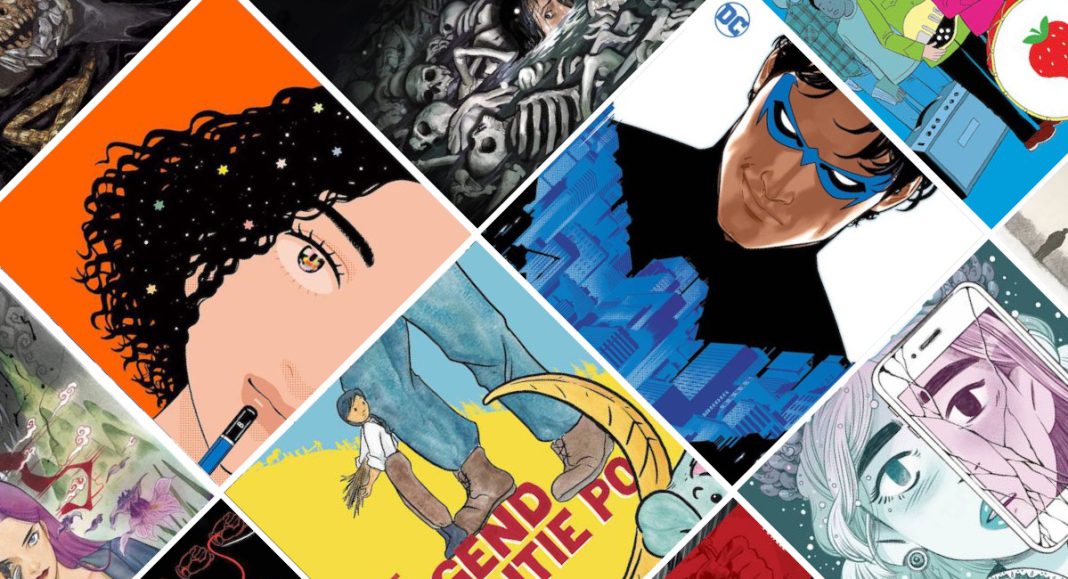
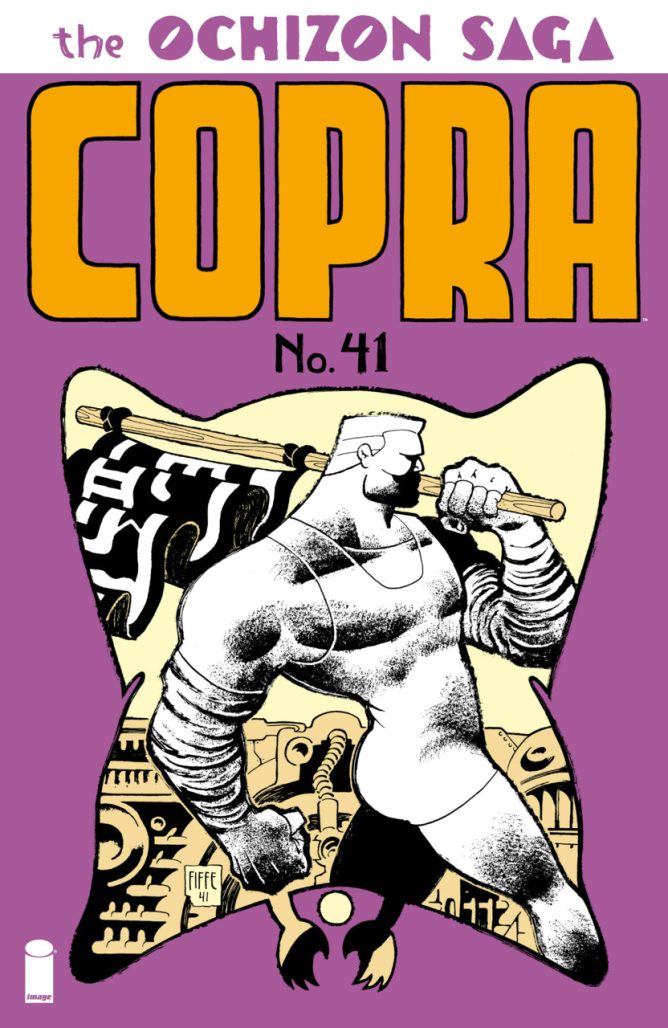
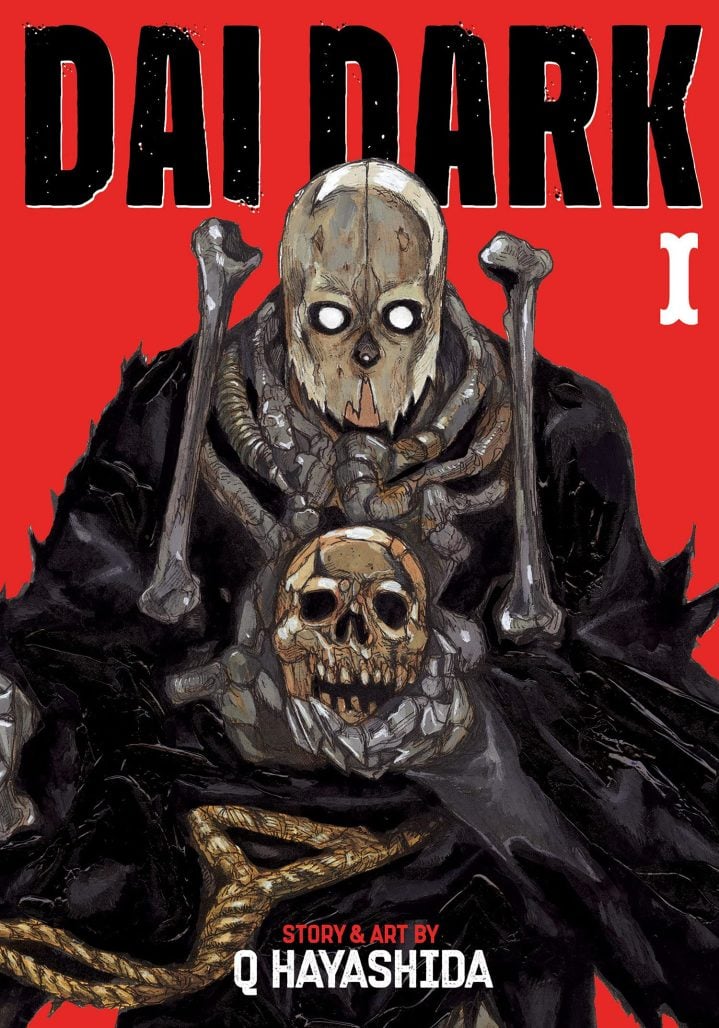
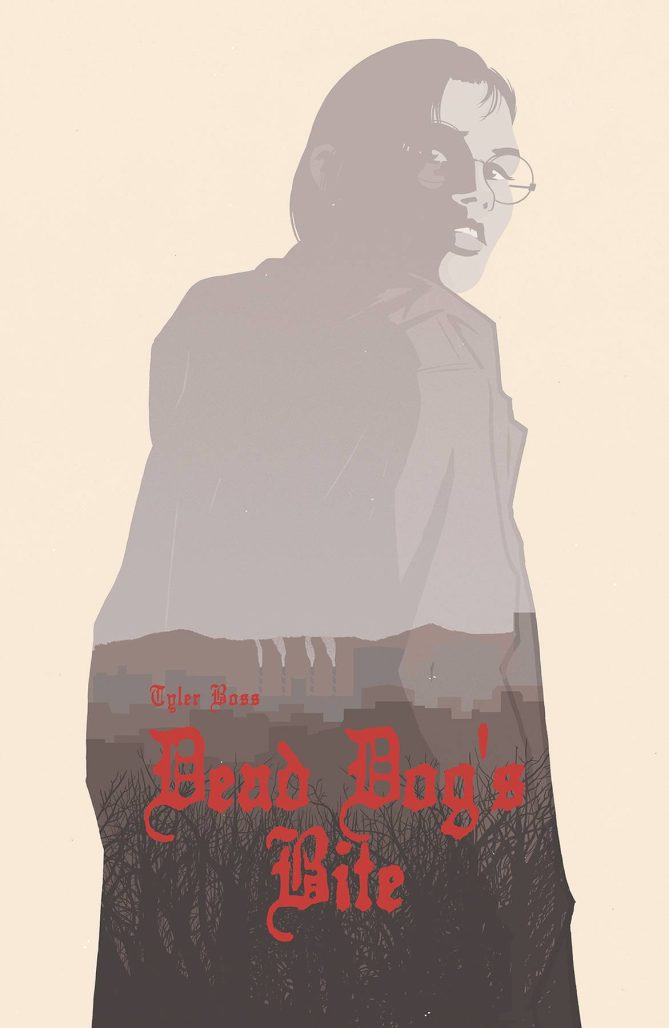
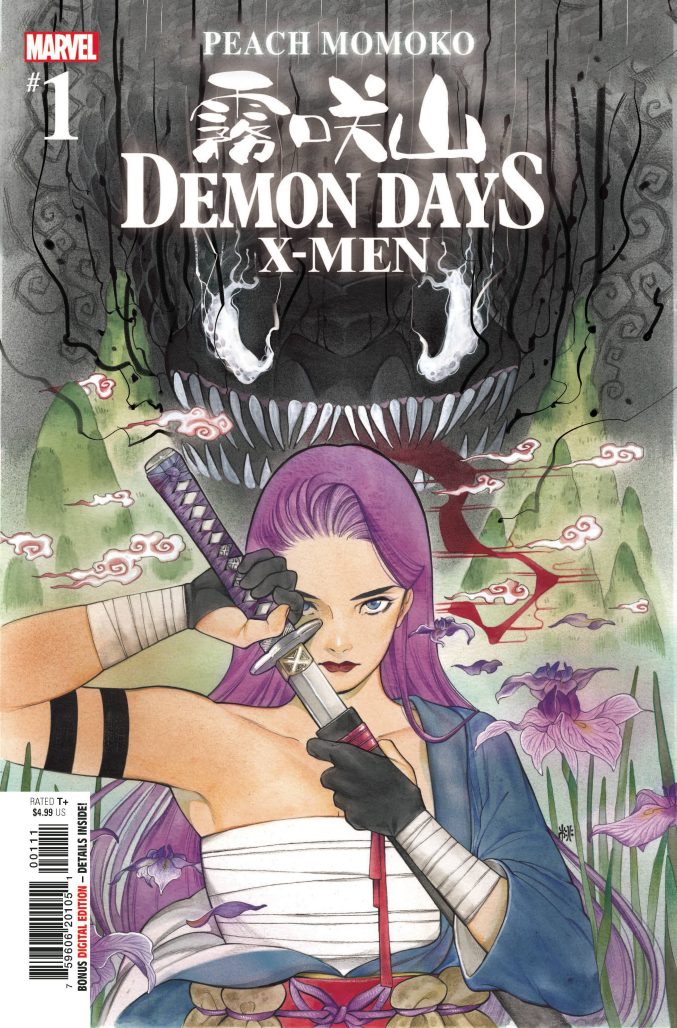
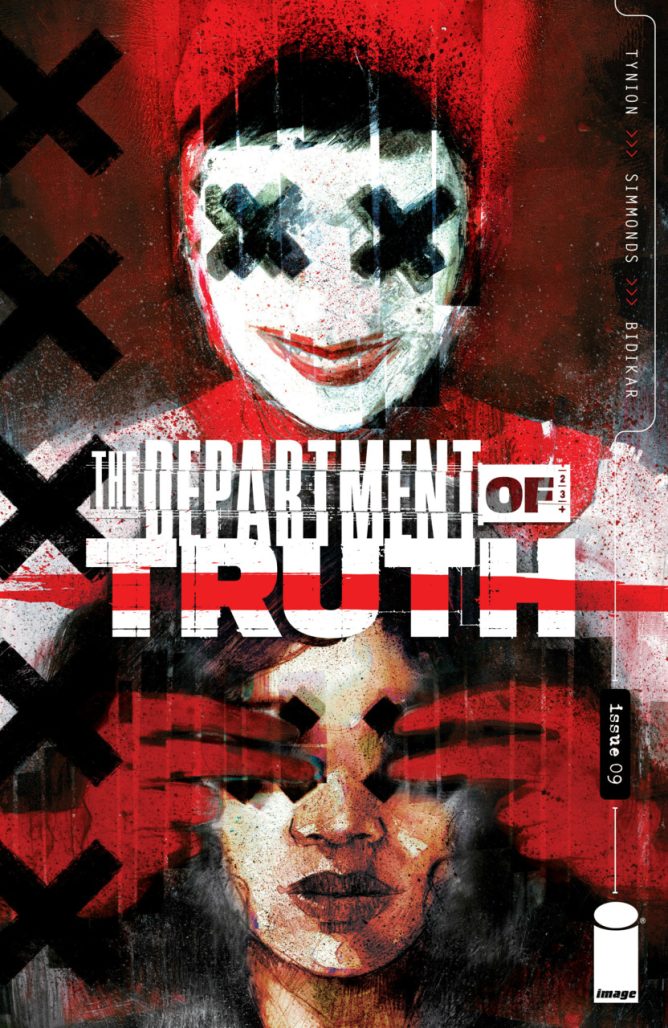
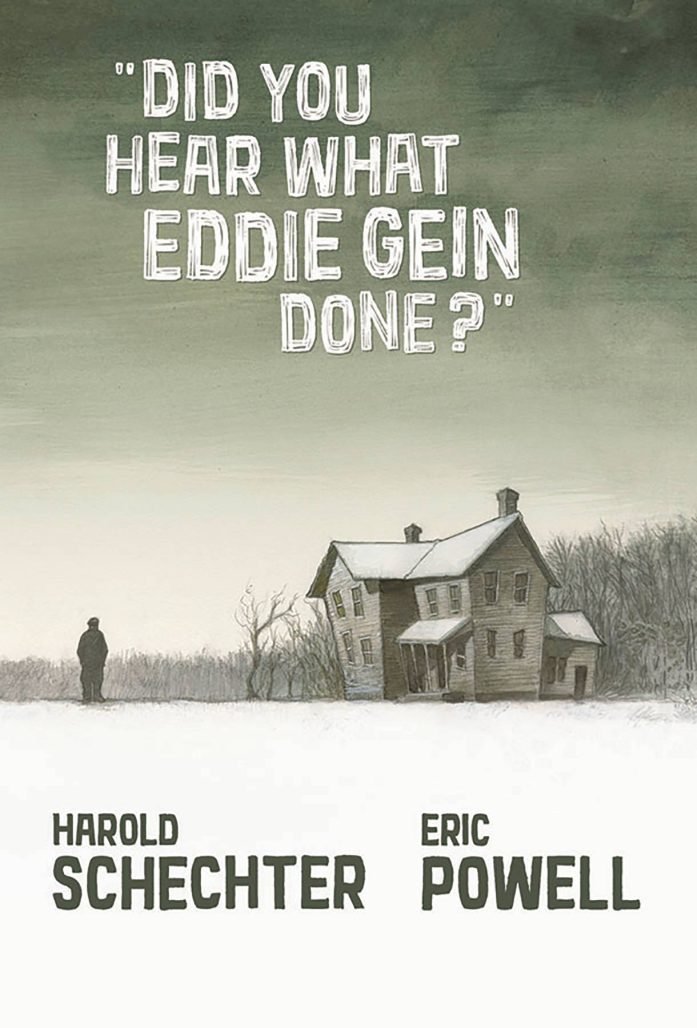
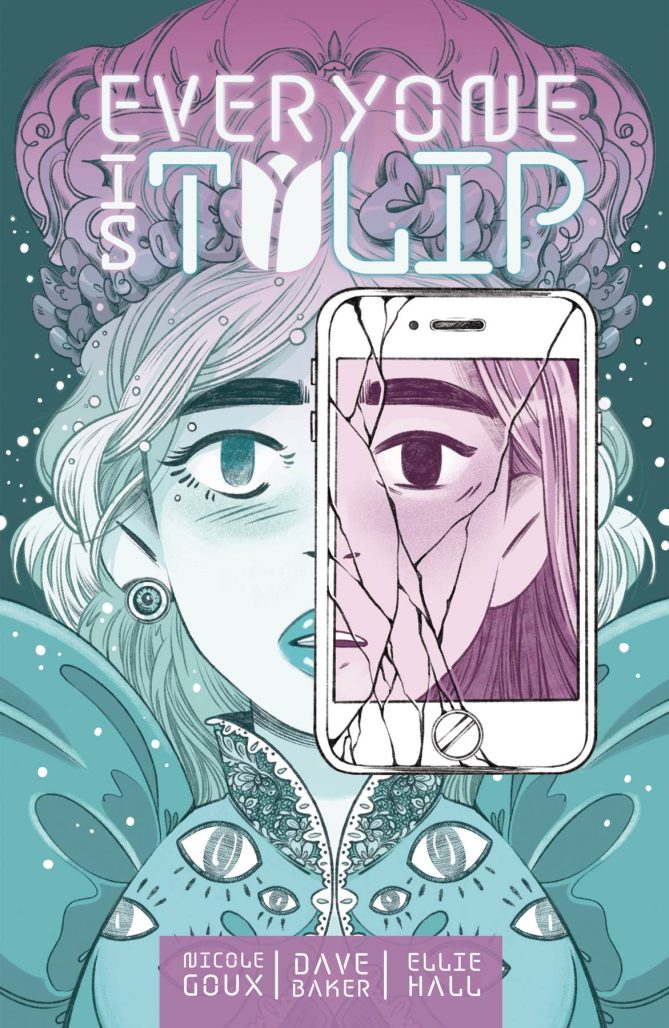
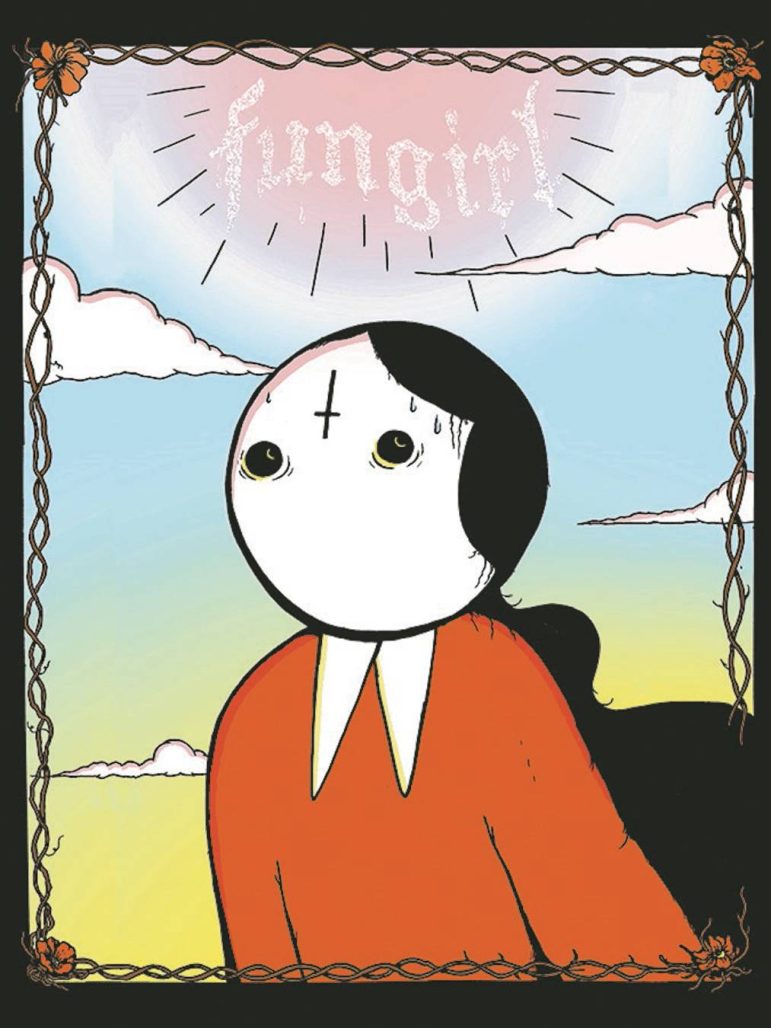
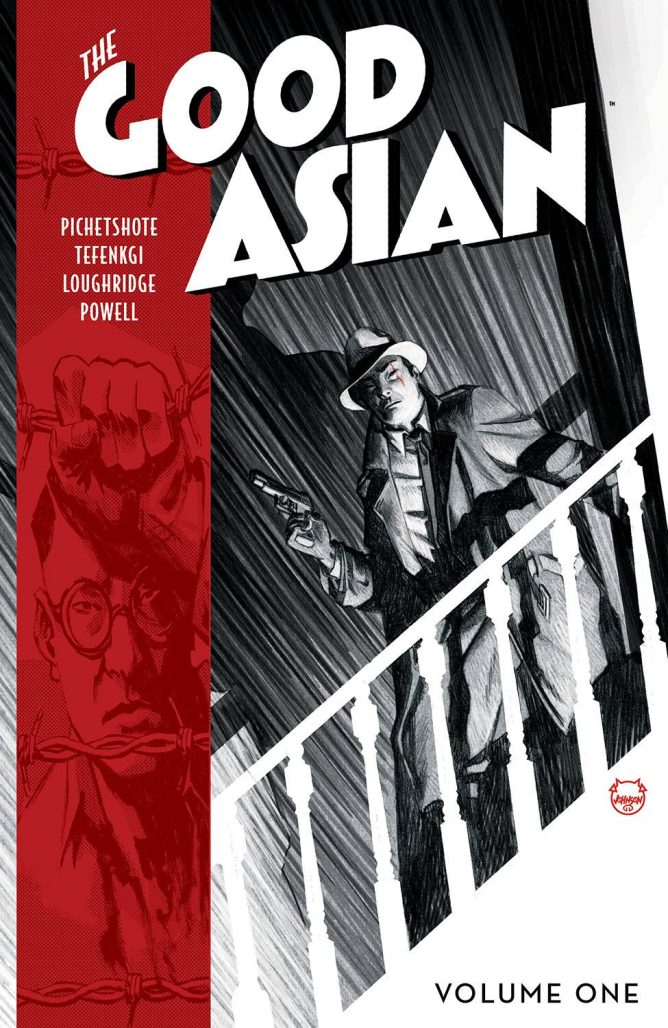
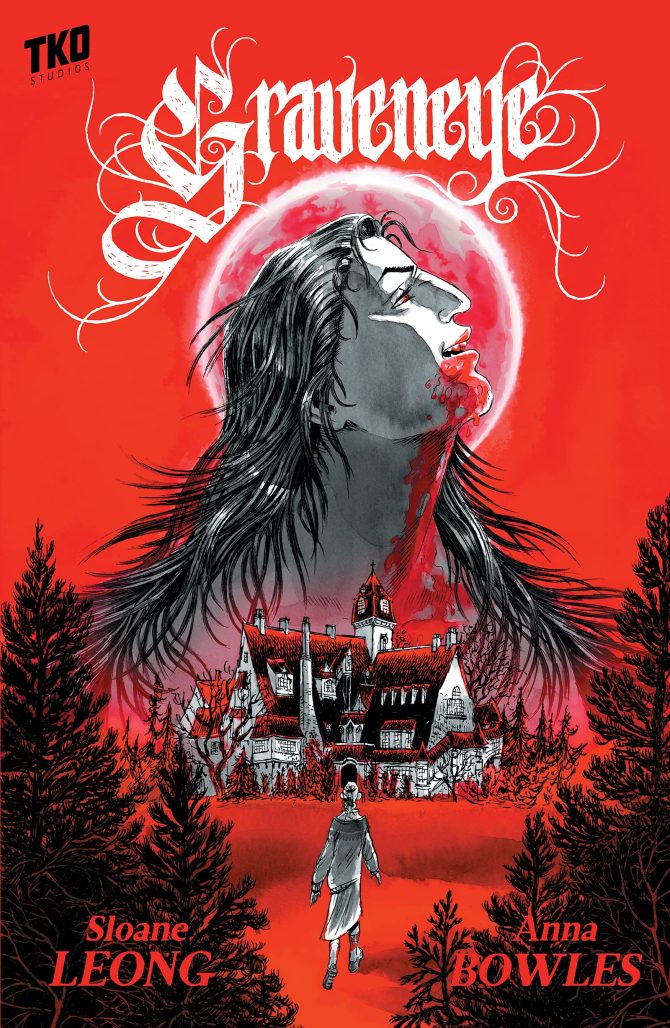
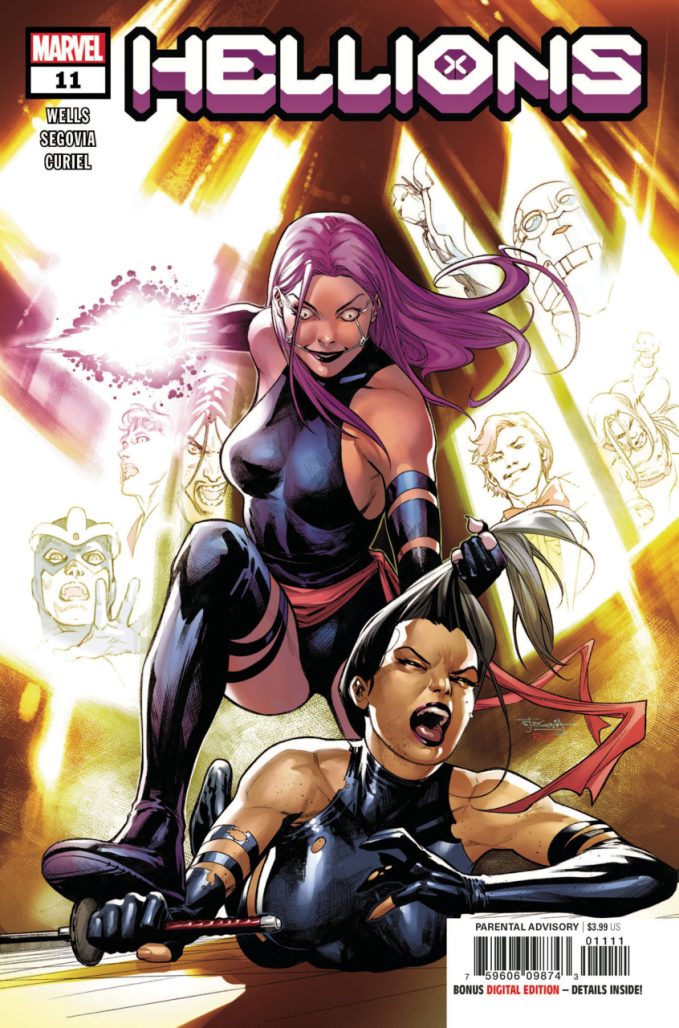
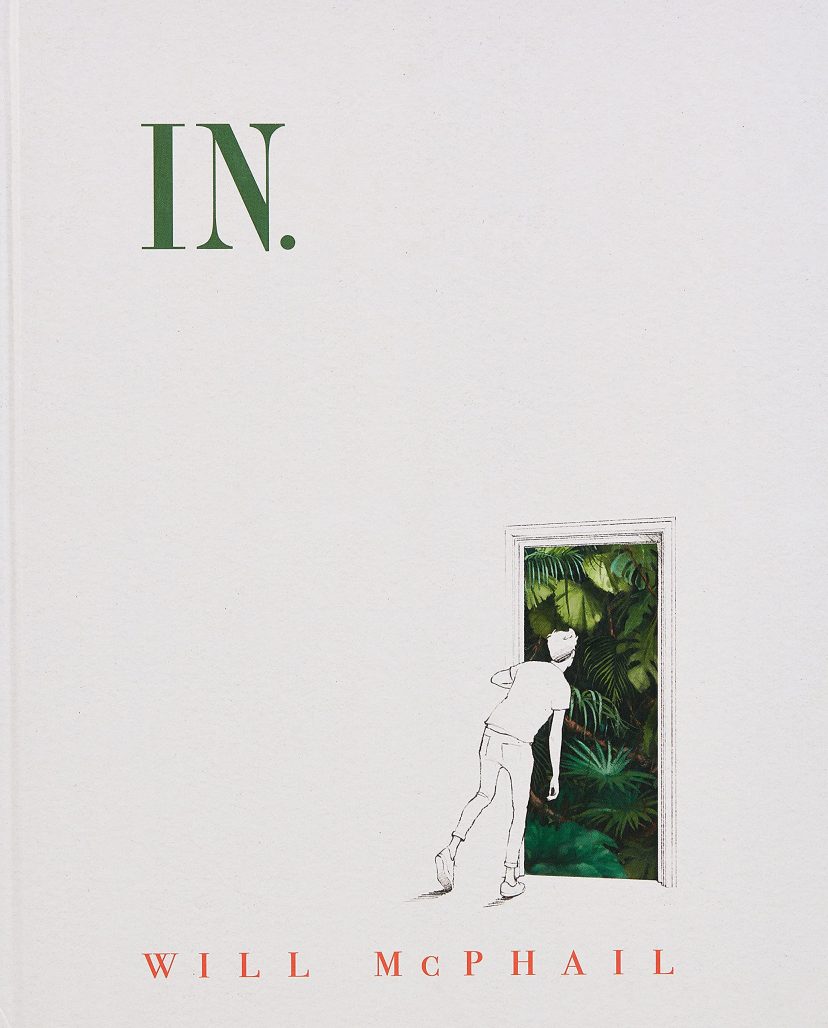
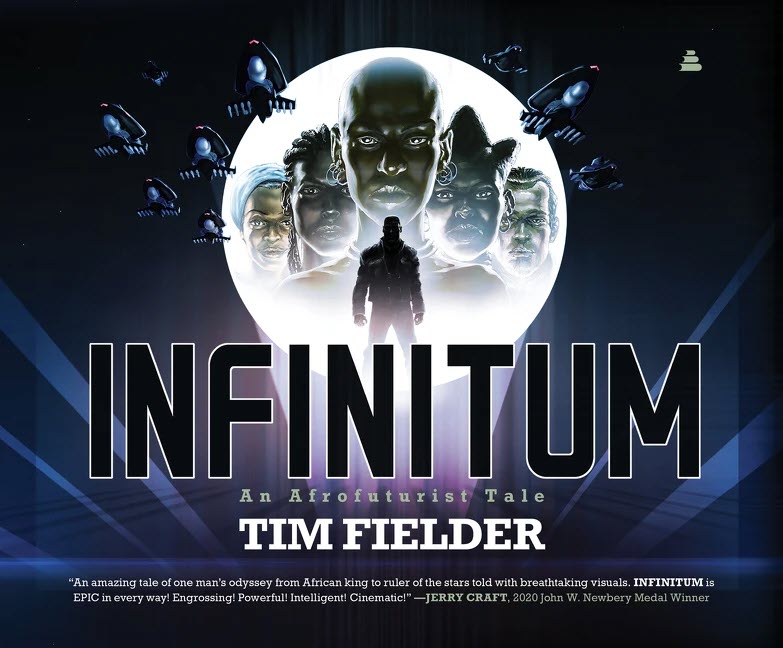
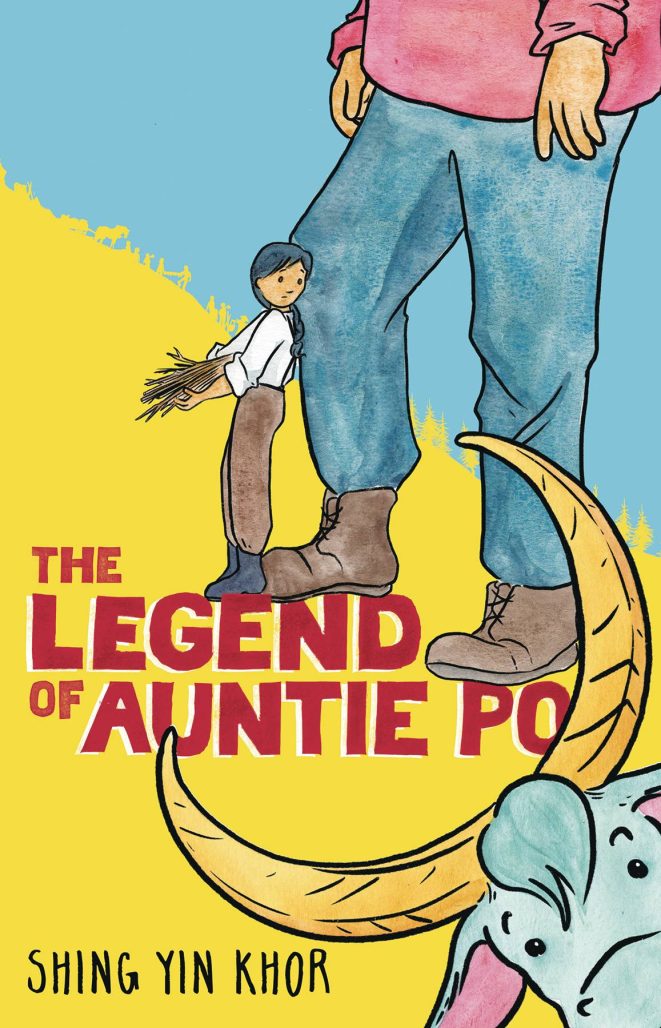
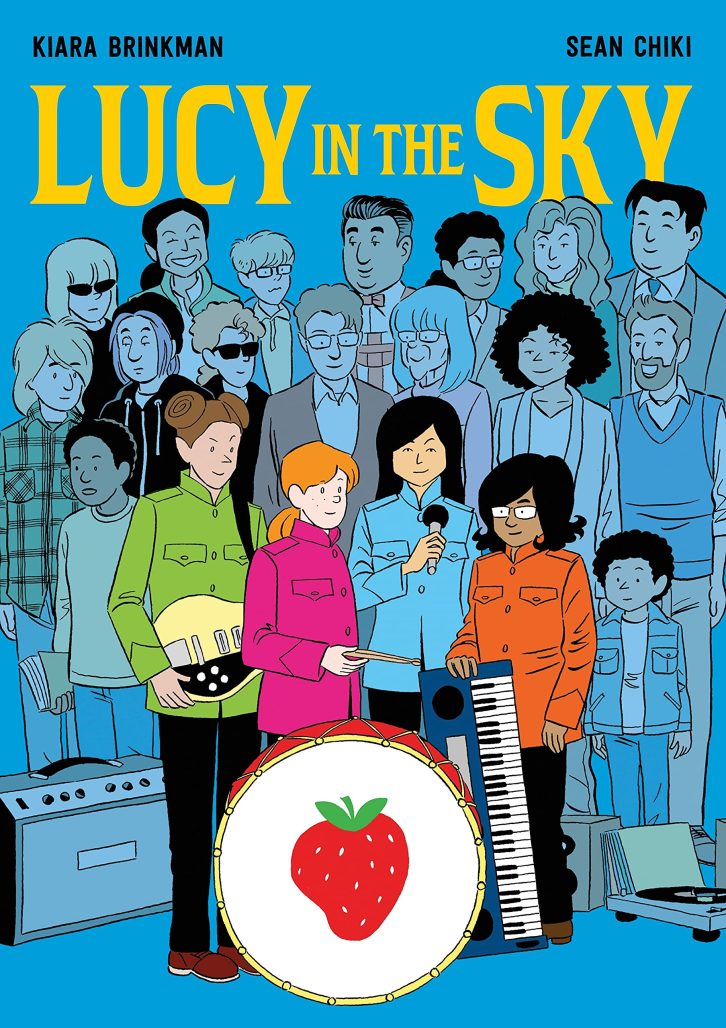
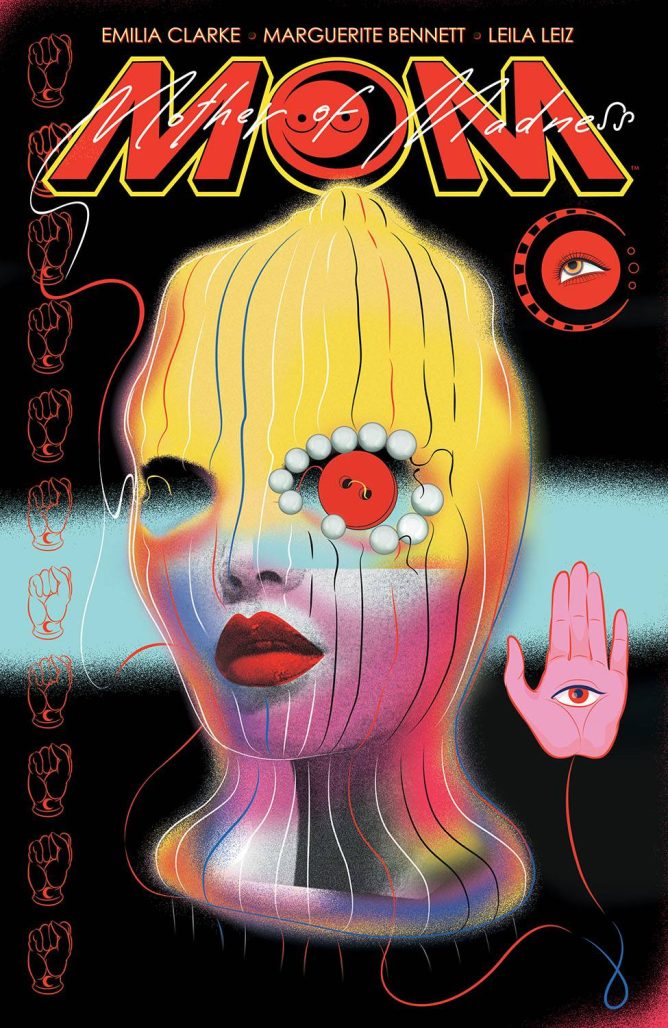
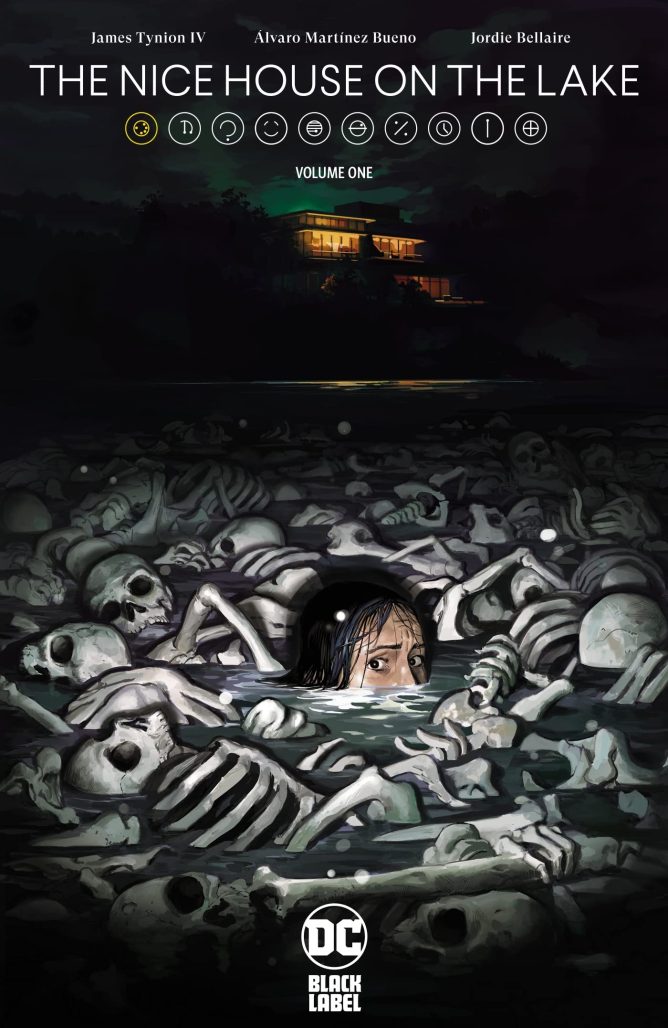
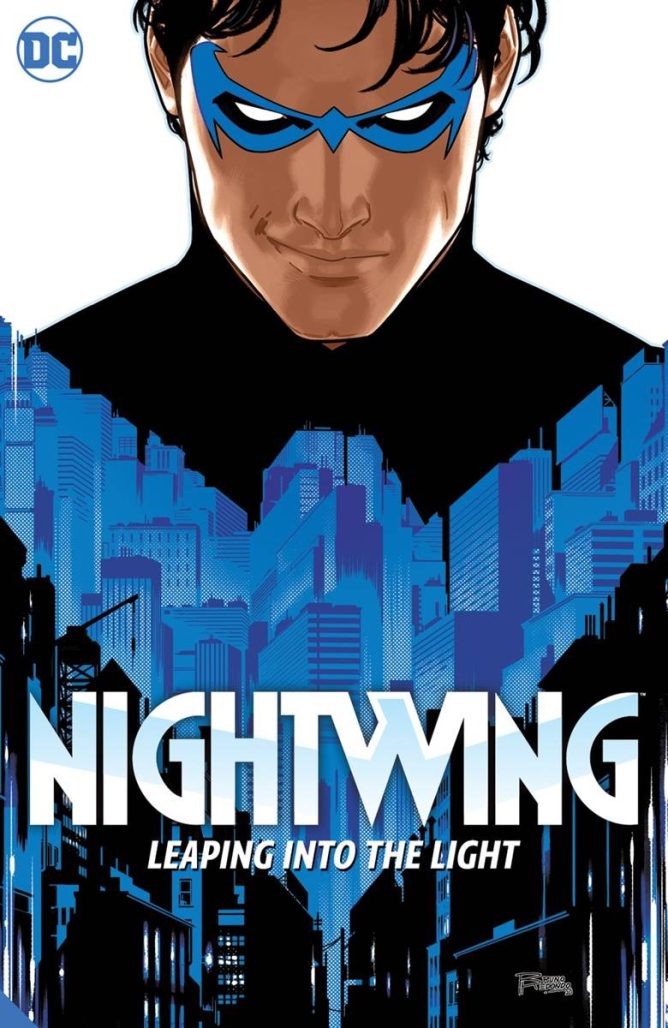
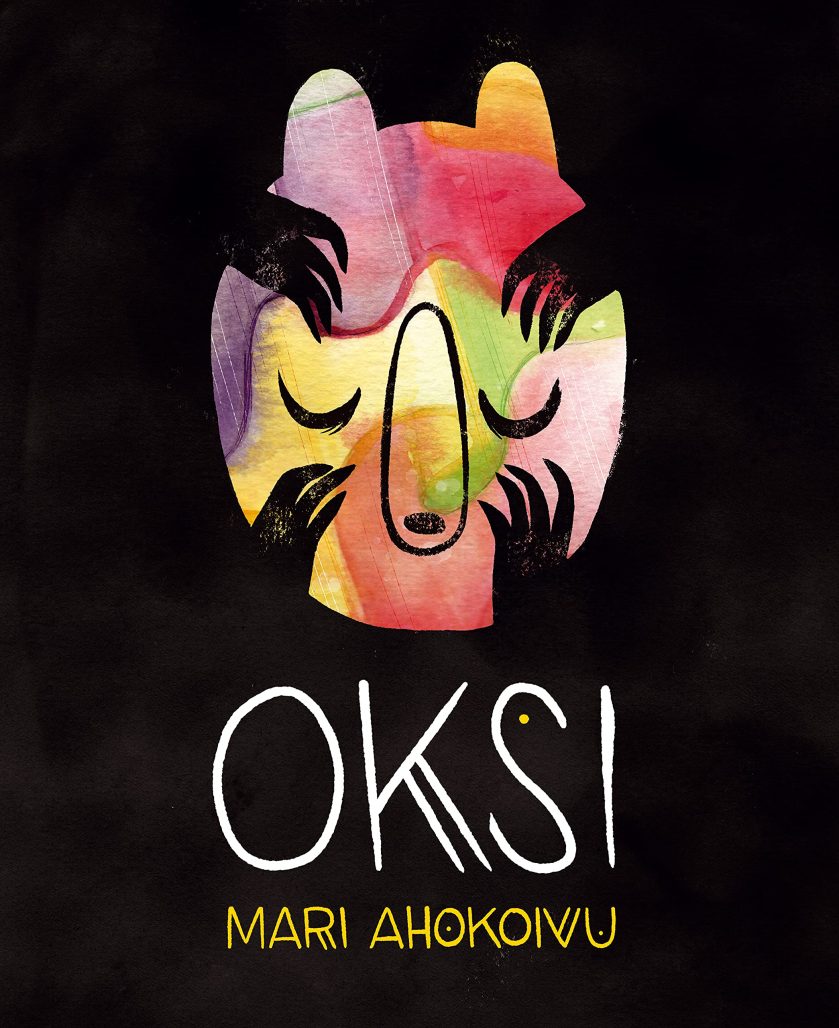
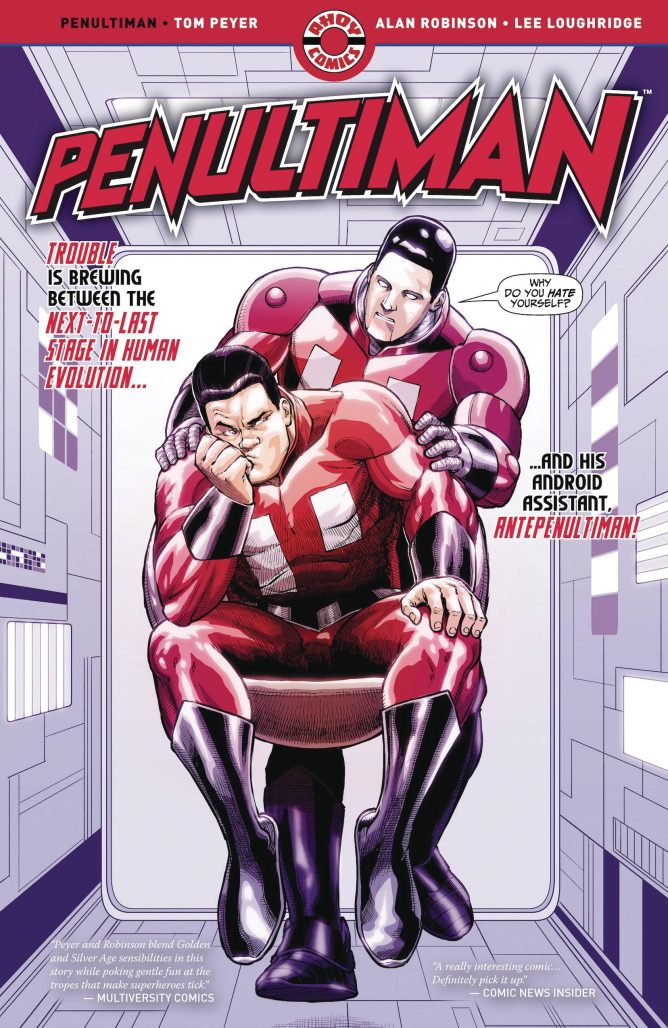
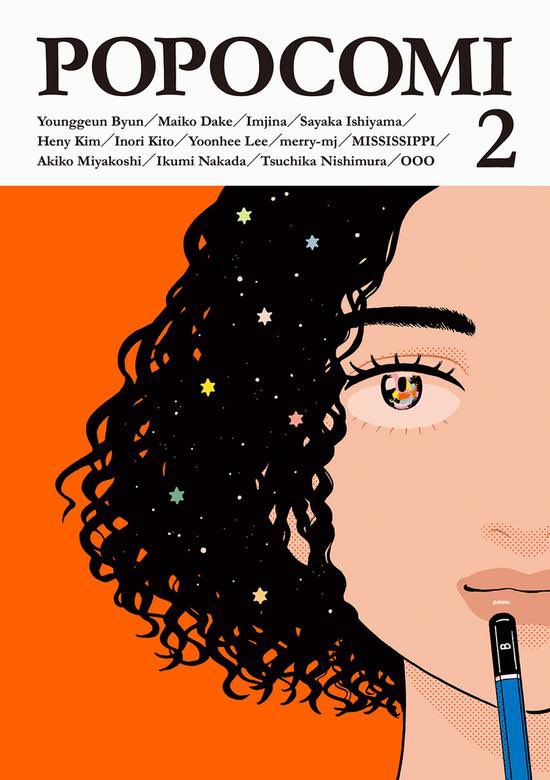
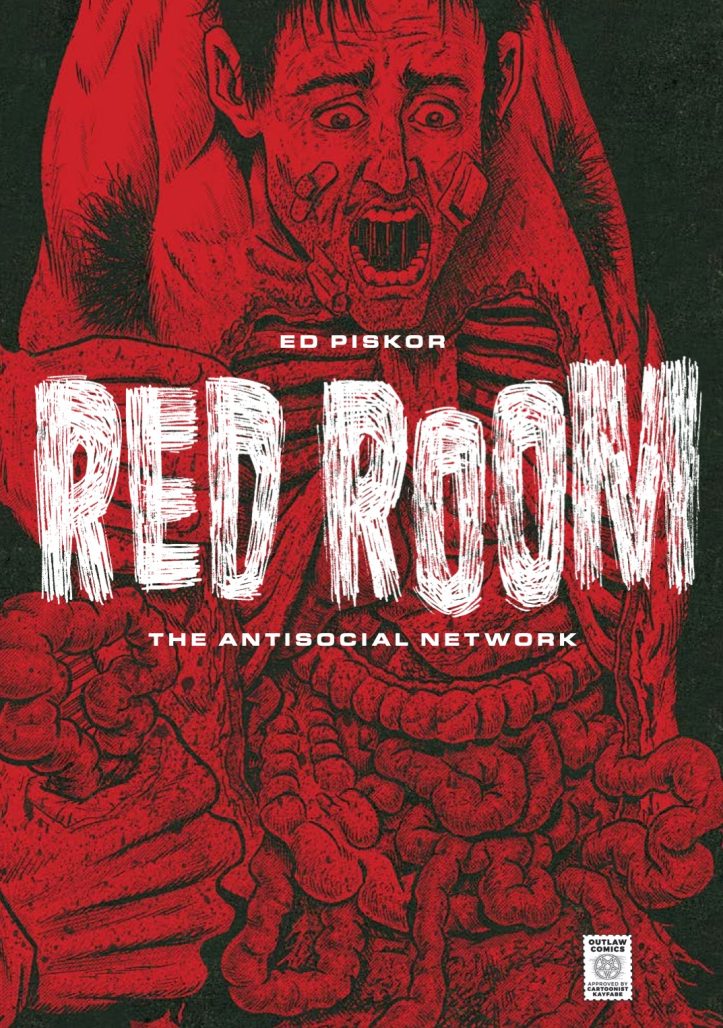
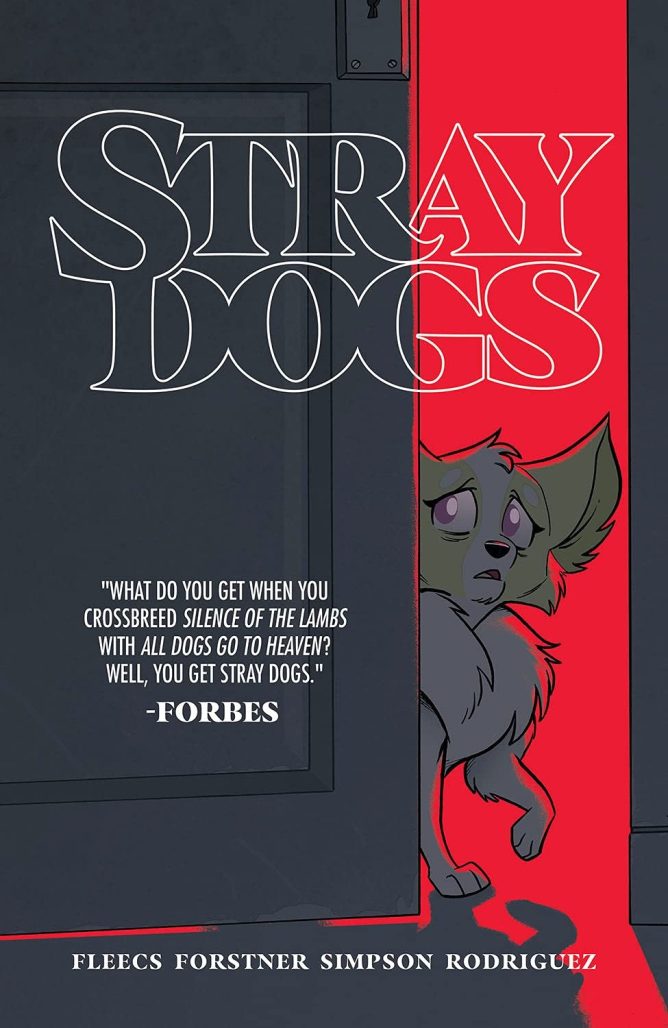
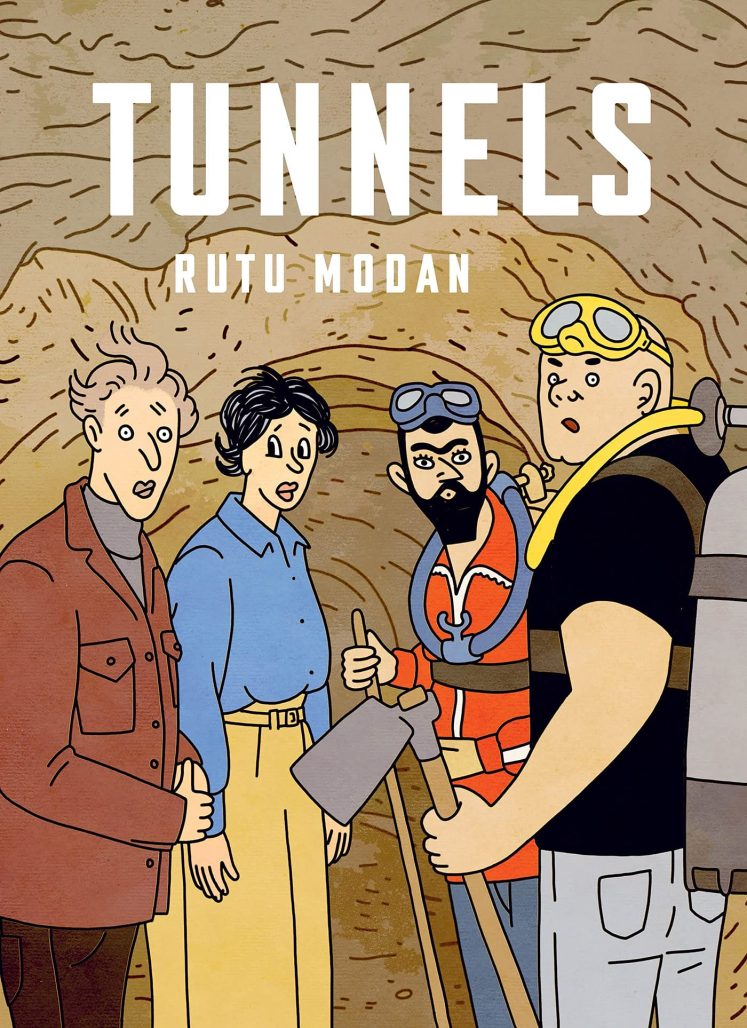


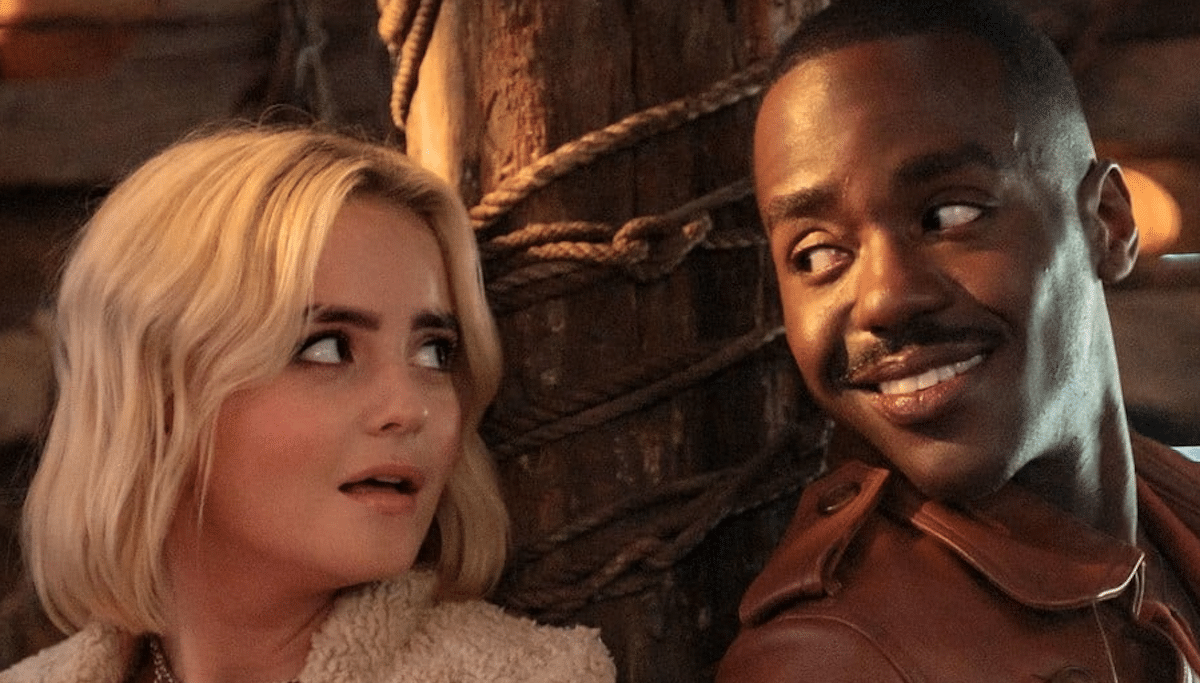



Pretty surprised Monsters isn’t on here… it’s basically the culmination of an extraordinarily important cartoonist’s life’s work and to not see it here is puzzling.
Another I was really impressed with is Barbalien: Red Planet. I feel it’s maybe the strongest Black Hammer spin-off.
Comments are closed.